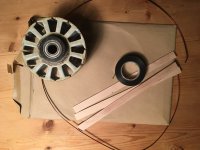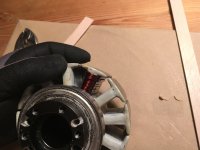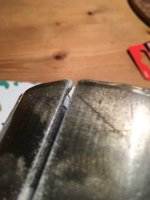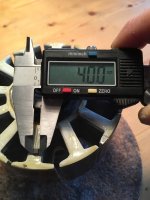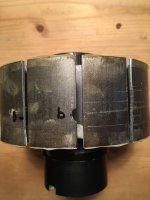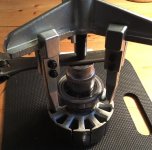larsb
1 MW
That's a good advice, i have thought about it:
I have some wooden wedges, have ordered a carbon prop that seems to be popular for the winds at RCgroups. I think i will buy some poly-grip pliers and modify for the job.
I think it's not absolutely necessary with ALL the tools but if this rewind turns out well then i will do the same for my other motor and extend stator and magnets on it.
It's possible to increase from 45 to 51 mm stator if the rear cover is modified and extra magnets are inserted in rotor. One could call it Revolt 120 pro2
I have some wooden wedges, have ordered a carbon prop that seems to be popular for the winds at RCgroups. I think i will buy some poly-grip pliers and modify for the job.
I think it's not absolutely necessary with ALL the tools but if this rewind turns out well then i will do the same for my other motor and extend stator and magnets on it.
It's possible to increase from 45 to 51 mm stator if the rear cover is modified and extra magnets are inserted in rotor. One could call it Revolt 120 pro2


